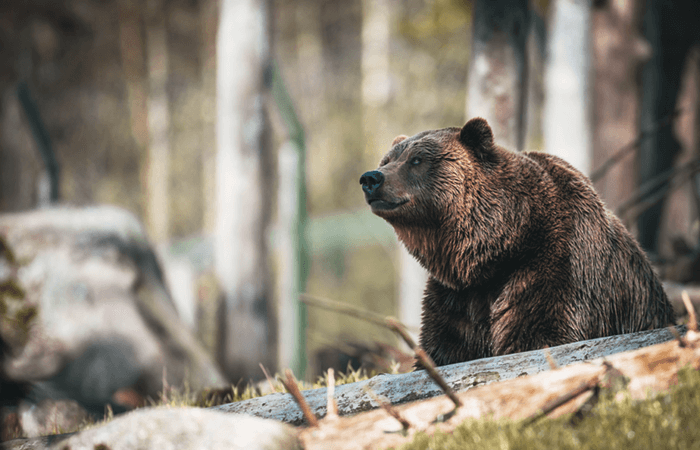A team of scientists has developed a screening technology for antibiotics using microbes from a curious source: saliva taken from an East Siberian brown bear.
Why would anyone want to collect bear drool? Co-author Konstantin Severinov explains that diversity is the key: “Bears have a diverse diet, so we assumed that their microbiome will also be diverse. They also have lots of drool!” The challenge, of course, was to catch one. They used a trained hunting husky to lure a bear into a cage; once inside it was offered a stick covered with absorbent canvas, which it duly bit, says Severinov. “There was plenty of saliva to pack into test tubes once it let go!” After this rather undignified treatment, the bear was given a consolation prize of honey and released.
Current procedures for screening microbes for antibiotic production are tedious and require testing individual isolates one by one. Instead, Severinov and the team cultivated microbes from various communities (in this case, the oral cavity of a wild bear) in oil drops filled with nutritious medium, where they are isolated from each other and cannot affect each other’s growth. “In the presence of a target microbe – in our case, Staphylococcus aureus, which had been made fluorescent with a green protein and identified using MALDI and mass spectrometry – we can detect the effect of these droplet-incarcerated microbes on growth.”
They were able to sort the droplets at tens of thousands per minute using fluorescence activated sorting to isolate droplets (and the microbes contained in them) with lower fluorescence, where S. aureus growth is inhibited – presumably due to a noxious compound produced by the microbe, However, the technique is not without limitations. “Our method still depends on cultivation, which is a major limitation, as most microbes are not easily cultivated in the lab,”
says Severinov.
So what does this mean for the discovery of new antibiotics? The high throughput of this procedure should allow scientists to screen orders of magnitude more microbiota cells to find those producing antibiotics. “Once identified with our procedure, there will be the “normal” workflow of identifying the compound, and determining its structure, genes responsible for its synthesis, spectrum of antibacterial action, and so on,” says Severinov.
Next, the plan is to apply this method to microbiota from other microbial communities – both “exotic”, such as a Komodo dragon, and “standard” (human), to find new antibiotic leads.

References
- SS Terekhov et al., “Ultrahigh-throughput functional profiling of microbiota communities”, Proc Natl Acad Sci USA, 115, 9551–9556 (2018). DOI: 10.1073/pnas.1811250115.




